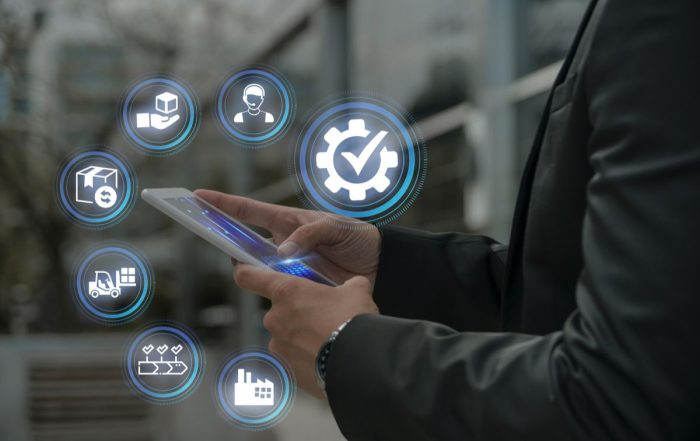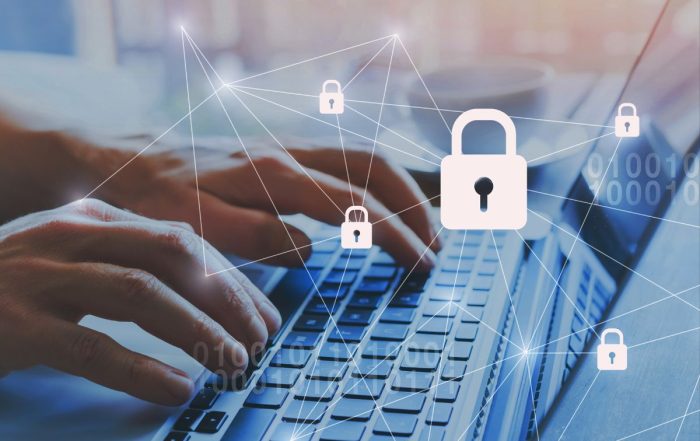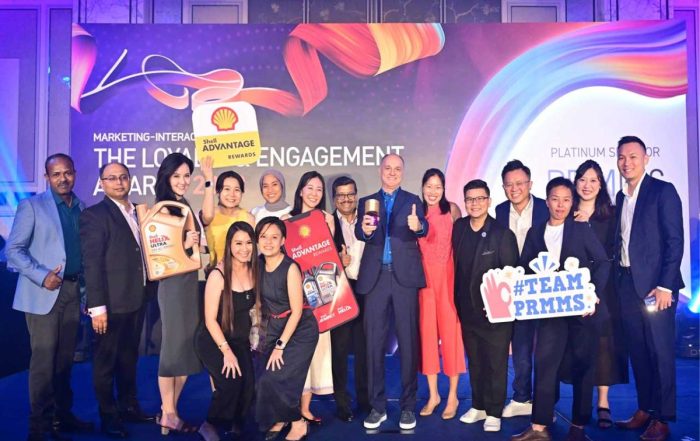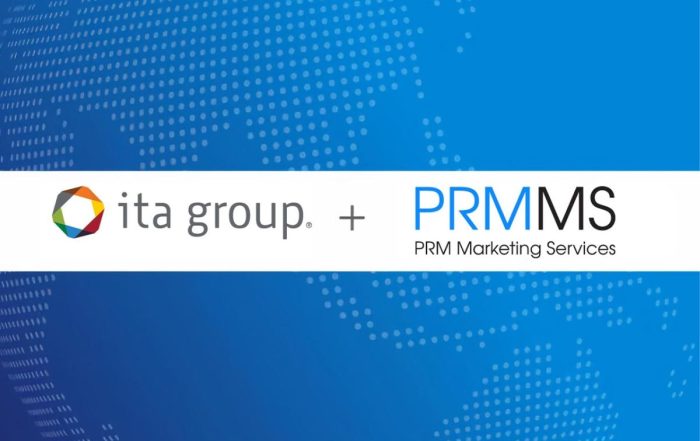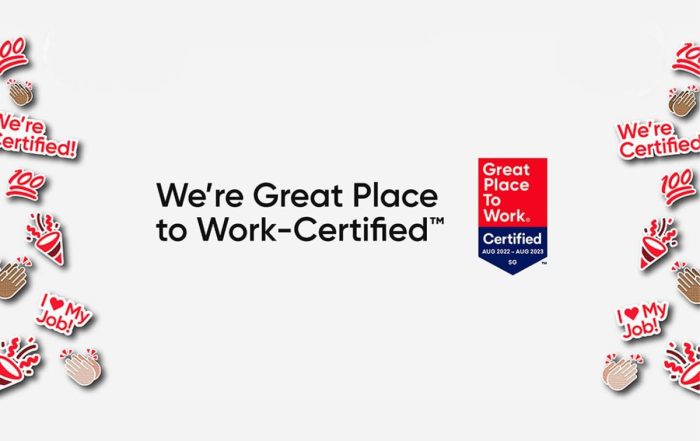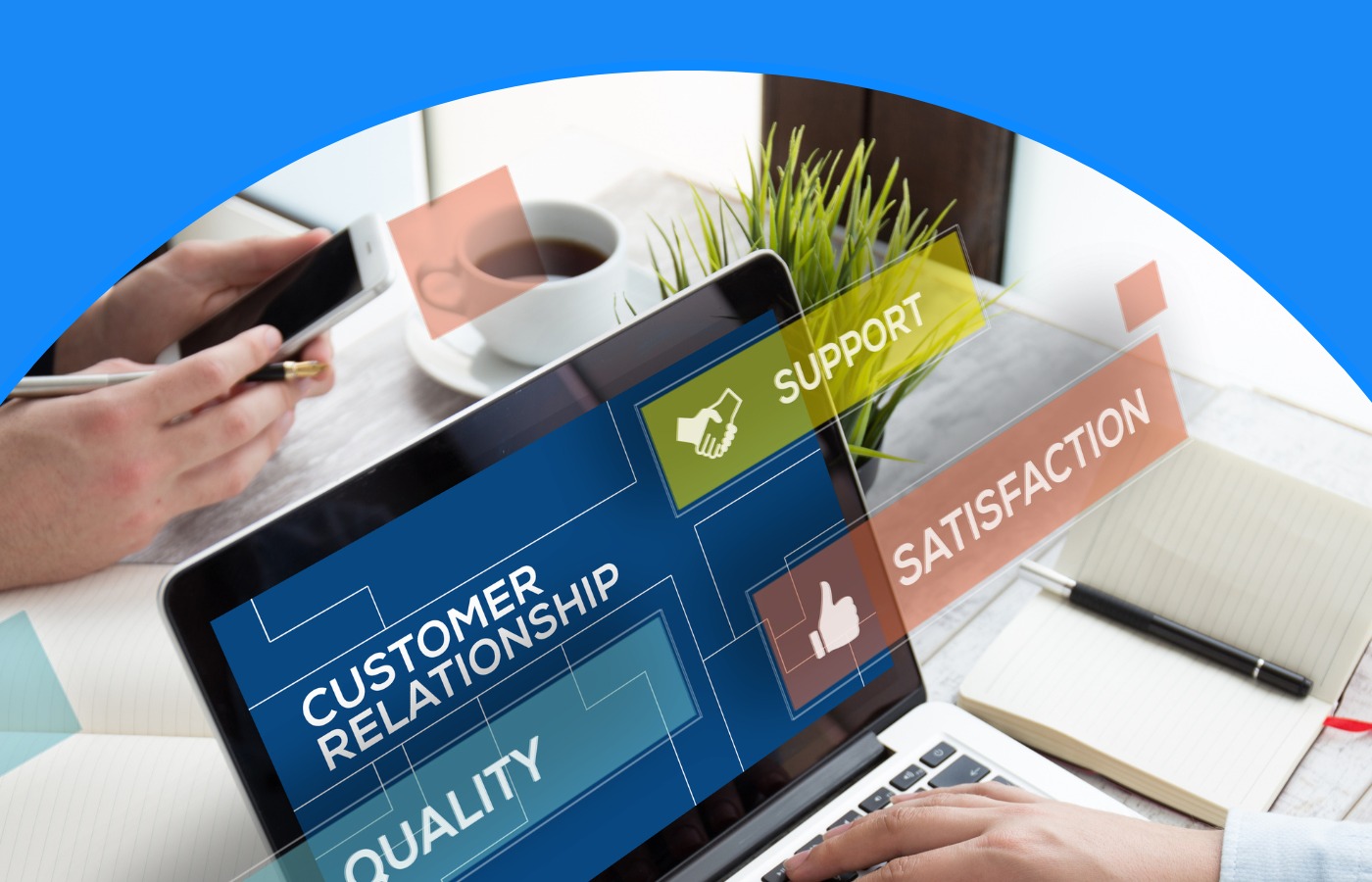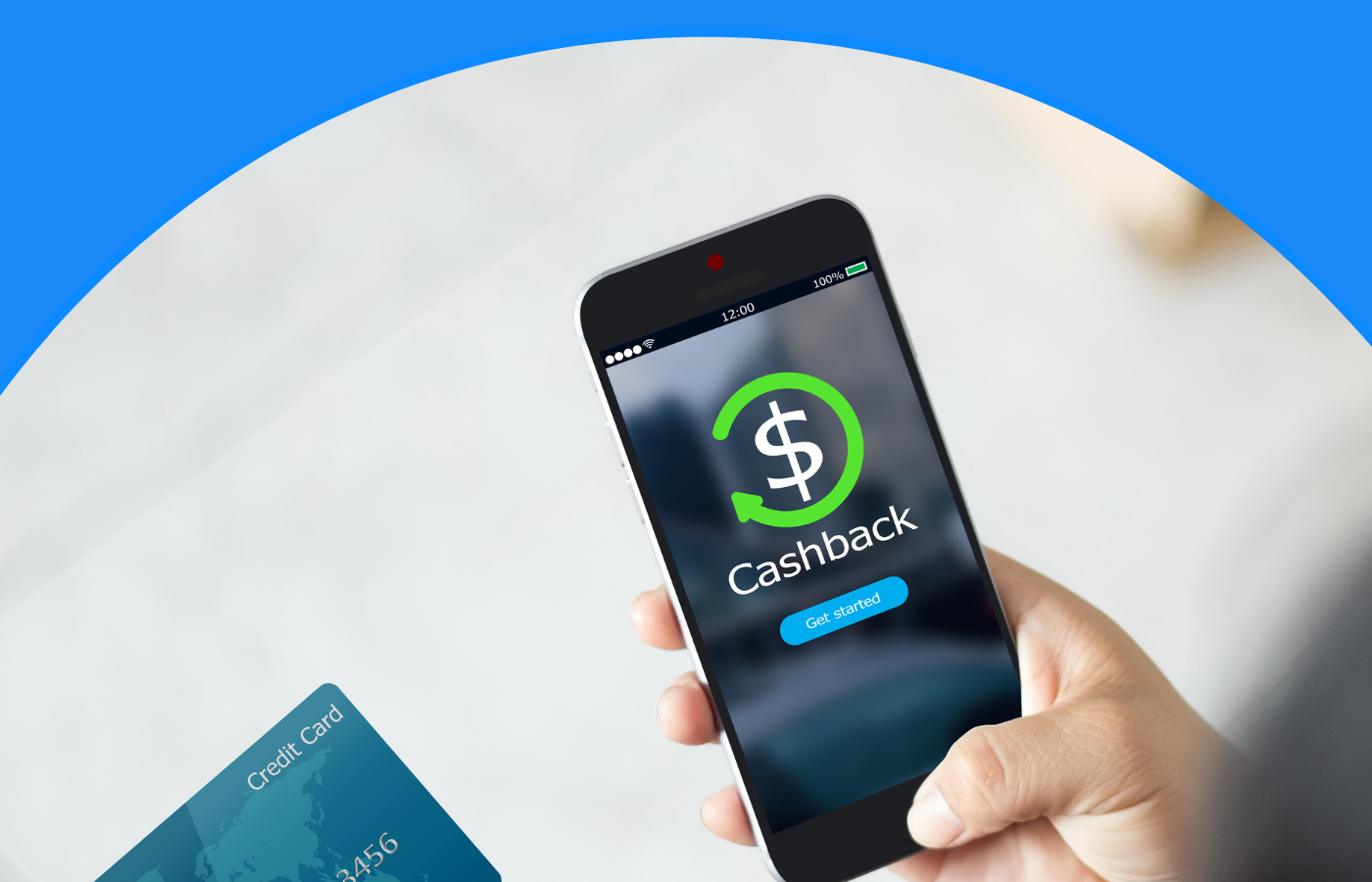Level Up Your PRM: Gamification Set to Revolutionize Channel Partner Programs
Partner relationship management (PRM) programs play a crucial role in channel sales strategies for many companies. These programs are designed to motivate, enable, and incentivize channel partners like distributors, resellers, agents, and technology partners to promote and sell a vendor’s products and solutions. The overarching goals of PRM programs are to maximize channel revenue, ensure partner loyalty, provide the right sales support tools, and gather useful sales data and insights.
PRM platforms provide partners with access to assets like marketing materials, sales tools, training resources, and deal registration systems. PRM programs also include elements like tiered partner levels, sales incentives, rebates, and rewards programs to drive desired sales behaviors. As the channel represents a major revenue stream for most high-tech and SaaS companies, optimizing PRM strategy is a top priority.
Let’s discover how to revolutionize your channel partner programs with PRM gamification.
In this article, we’ll discover:
What is Gamification?
Gamification refers to the application of game design elements, game principles and game mechanics in non-game contexts. The goal is to increase user engagement, motivation, loyalty, retention and enjoyment in achieving their objectives.
Some examples of gamification include:
- Loyalty programs like frequent flyer miles, which reward repeated customer behavior.
- Fitness apps that give you points and badges for exercising.
- Employee recognition programs that use leaderboards to drive friendly competition.
- eLearning platforms that offer badges for completing courses.
- Social networks that have status levels based on user activity.
The basic idea is to leverage peoples’ natural desires for competition, achievement, status, self-expression, altruism and closure. Game techniques like points, levels, challenges, rewards and leaderboards tap into those intrinsic motivations.
Gamification doesn’t necessarily mean developing a full-fledged game. The focus is applying proven game mechanics and principles in a business context. This could be as simple as awarding points and badges for desired behaviors. Or it could involve more complex gaming scenarios and simulations. But the goal is the same – increasing participation, engagement and loyalty.
Read also: Can Gamification be the Secret Sauce for Channel Partner Programs in 2024
Benefits of Gamification
Gamification offers many potential benefits that make it an appealing option for enhancing PRM programs in the future. Some of the key advantages of integrating gamification elements include:
1. Drives Engagement and Motivation
One of the most well-known benefits of gamification is that it helps drive higher user engagement and motivation. By incorporating points, levels, challenges, rewards and other game-like features, users become more invested and interested in participating. This increased motivation and engagement can lead to better outcomes like higher sales, more content sharing, further training progression and other desired behaviors. Gamification taps into people’s inherent desires for competition, achievement and status.
2. Provides Feedback Loops
Gamification allows for real-time feedback loops where users can see their progression and status related to goals and objectives. This transparency provides reinforcement and motivation to keep advancing. Users can track their points, levels, badges and placement on leaderboards. This level of insight helps satisfy innate human desires for achievement.
3. Delivers Personalization
Since gamification platforms track user behaviors and engagement across many data points, they allow for personalized and adaptive experiences. Content, challenges, rewards and incentives can all be tailored to different user segments and roles. This creates more relevant and meaningful experiences by catering to individual needs and interests.
4. Makes Routine Tasks More Engaging
Gamification can add an element of fun even to mundane tasks. What might normally seem boring or routine can become more game-like and engaging. This mechanic of making repetitive actions, training or jobs more interesting via gamification can lead to higher levels of buy-in and participation.
5. Encourages Long-Term Usage
By leveraging people’s competitive natures and desires for achievement, gamification promotes more regular and long-term usage. People become invested in reaching new levels, earning rewards and improving their ranking over time. This extended and habitual usage is valuable for PRM initiatives looking to drive continuous partner enablement and performance.
Current Use of Gamification in Business
Gamification techniques are currently used in a variety of business applications to drive engagement, learning, and motivation. Here are some of the key uses:
1. Marketing
Gamification is used by marketers to increase engagement, promote content sharing, build loyalty programs, and incentivize referrals. Points, badges, leaderboards, and challenges help create an interactive marketing experience. Brands like Samsung, NBC, and Ikea have used gamification successfully in their marketing campaigns.
2. Employee Training
Gamification makes employee training and onboarding more engaging and effective. Companies are using game elements like points, badges, leaderboards, and quests to motivate employees to complete training programs. It helps with knowledge retention, skills development, and driving desired behaviors. Companies like Oracle, Target, and Microsoft have incorporated gamification in their staff training.
3. Sales Management
Gamification of sales management introduces fun, transparency, and healthy competition among sales teams. Leaderboards, team battles, challenges, goals, commissions, and rewards help drive sales productivity. Companies like Mulesoft, Freshworks, and Salesforce use gamified sales management approaches.
4. Product Design
User experience designers often incorporate game-like elements into products to drive engagement. Features like points, rewards, levels, onboarding tutorials, and challenges enhance onboarding and retention. Product and SaaS companies like Duolingo, PayPal, Uber, and Coursera use gamification in their product design.
5. Customer Loyalty Programs
Many brands use game mechanics in their customer loyalty programs. Points for purchases, redeemable rewards, tiered privilege levels, surprise bonuses etc. help drive customer loyalty. Airlines, hotels, retailers and financial service providers often drive engagement through gamified loyalty programs.
So in summary, gamification principles are already widely used in marketing, training, sales, product design and customer loyalty initiatives across industries. This sets the stage for further adoption in areas like partner relationship management.

Potential for PRM Gamification
Partner Relationship Management (PRM) programs aim to maximize channel partner engagement, enablement, and performance. Gamification provides an intriguing opportunity to help achieve these goals by applying game-like elements to drive participation, motivation, and desired behaviors among channel partners and sales teams.
Gamification could be highly effective in a PRM context for several reasons:
- Increased Engagement: Games are inherently engaging and rewarding. Integrating missions, points, levels, challenges, rewards and leaderboards into partner portals and apps can help drive active daily usage and ongoing participation.
- Motivate Desired Actions: Gamification allows PRMs to incentivize specific actions and behaviors from channel partners, such as completing training modules, sharing marketing materials, registering deals, and hitting sales targets. Partners feel motivated to perform these actions to earn points and rewards.
- Drive Healthy Competition: Leaderboards, badges, and other status indicators tap into partners’ competitive desires. Partners will be motivated to perform well to gain high status and recognition among their peers.
- Ongoing Progression: Unlike traditional loyalty programs, gamified systems provide endless opportunities to engage and progress via points, levels, challenges, etc. There’s always something new to strive for.
- Align to Business Objectives: Gamification elements like points and badges can be tied directly to key business objectives like pipeline generation, deal registration, and sales growth.
- Fun and Engaging: Incorporating game mechanics adds an element of fun and makes it enjoyable for channel partners to participate in the PRM program. This drives higher engagement.
By leveraging gamification techniques, PRM programs can maximize channel partner participation, sales productivity, and program success. The future looks bright for gamification to become a game changer in driving partner performance.
Read also: Gain Competitive Advantage with PRM
Gamification Techniques for PRM
There are several key gamification techniques that can be effectively utilized in PRM programs:
Points
Awarding points for certain actions and achievements is a simple yet powerful gamification technique. Partners and sales reps can earn points for activities like sales wins, training completion, content sharing, etc. The points can then be redeemed for rewards or used as a metric on leaderboards. The transparency of earning points and seeing them accumulate can act as a strong motivator.
Badges
Badges are visual representations of achievements that can be earned. For example, partners may earn badges for hitting certain sales targets, mastering specific product information, or completing implementation steps. Badges tap into people’s innate desire for accomplishment and provide visible recognition. They can increase engagement as partners work towards unlocking badges.
Leaderboards
Leaderboards display rankings of top performers based on points, badges, or other metrics. Partners can see how they compare to their peers, spurring some healthy competition. Leaderboards promote increased participation as partners aim to reach higher positions. Different leaderboards could rank performance across regions, products, or various time frames.
Challenges
Challenges, contests and missions pose objectives for partners and reps to complete within certain time periods. Challenges could include selling a targeted number of a new product, getting trained on a platform, or providing a certain number of demos. With an enticing reward or prize at stake, challenges help focus activity towards key goals. They inject a sense of excitement into partner programs.
By implementing a smart combination of points, badges, leaderboards and challenges, PRM programs can tap into gamification to intrinsically motivate partners, reps and influencers. The competitive and engaging nature of gamification helps drive partner performance to higher levels. Integrating gamification techniques into the PRM platform streamlines implementation while allowing customization to match program needs and objectives. With thoughtful gamification design, PRM programs can capture partners’ interest and promote growth.

Integrating Gamification into PRM Platforms
Gamification elements can be integrated into PRM platforms in various ways to drive partner engagement. Here are some potential techniques:
Mobile Apps
- Developing custom mobile apps that include gamified experiences like points, badges, leaderboards, contests, etc. This allows partners access to gamified features on-the-go from their smartphones.
- Integrating with gamification plugins like Geddit or Gametize that provide ready-made gamification capabilities into mobile apps.
- Building social/community elements into apps so partners can interact and compete with each other.
APIs
- Many gamification software platforms provide APIs to integrate gamification modules into other systems. These APIs allow developers to add gamified features into the PRM platform.
- For example, APIs could be used to track partner activities across systems like trainings completed, sales made, content accessed and award badges or points in the PRM app accordingly.
Embedded Experiences
- Gamification platforms offer embedded code/widgets to add leaderboards, points systems, etc into existing apps and websites. These could be embedded into PRM portals to create leaderboards for top performers.
- Interactive game modules can also be built into PRM platform dashboards and reports to make reviewing performance statistics and trends more engaging through gamification.
The advantage of integrating gamification deeply into PRM platforms is that it enables easy adoption by partners right within tools they already use regularly for work. This creates a seamless and motivating experience.
Examples and Case Studies
Integrating gamification techniques into partner relationship management (PRM) programs can help drive engagement and motivation for channel partners. Though adoption has been limited so far, some companies have found success leveraging gamification in their PRM initiatives.
A large retailer, implemented a gamified loyalty program for its partner network of local retailers. By completing training modules, sharing marketing materials, and hitting sales targets, local retailers can earn points and unlock rewards like gift cards, vacations, and the ability to collaborate on new product development. Over 80% of partners actively participate in the gamified program. Surveys show it has increased partner engagement by over 50%.
A cybersecurity software vendor, gamified its partner portal. Partners can level up by acquiring new certifications, recruiting other partners, and exceeding revenue goals. Top partners gain early access to roadmap briefings, discounted software licenses, and invitations to exclusive in-person events. Active daily users of the partner portal doubled after launching the gamified experience.
An online travel booking platform, introduced quests, badges, and leaderboards to its affiliate marketing program. Affiliates who promote can complete growth, engagement, and conversion quests to earn badges and climb the rankings. Since implementing gamification, the business has seen a 40% rise in revenue generated from affiliates. The gamified system provides structure, guidance, and incentives that better motivate affiliate partners.
With thoughtful design tailored to program objectives, gamification can positively influence channel partner behavior. Though adoption remains low, these examples showcase the potential for gamification to drive partner engagement within PRM. Companies should consider integrating game mechanics as part of a modern, digital PRM strategy.
Challenges and Risks of PRM Gamification
Implementing gamification in PRM programs comes with some potential challenges and risks that need to be considered:
- Burnout: Gamification runs the risk of becoming repetitive or fatiguing if not thoughtfully designed. Constant notifications, scoring mechanisms, and competition can lead to partner or sales representative burnout over time. Gamification elements need to be varied and well-paced to sustain engagement.
- Complexity: Adding too many gamification components can overcomplicate the user experience for partners and sales teams. The gamification techniques should seamlessly integrate within existing PRM platforms without creating distraction or confusion. Start small and grow the gamified elements over time.
- Data Privacy: Collecting data for scoring, rewards and creating user profiles raises privacy concerns. Make sure to be transparent about data practices and allow users to opt in/out of certain gamification features. Do not collect or use data in unethical ways.
- Adoption Challenges: Rolling out a new gamified system, even if optional, may not drive 100% adoption right away. Have a plan to promote engagement, showcase benefits and provide training to partners and sales teams. Make opting in as frictionless as possible.
- Perception Issues: Some may see gamification as gimmicky or childish if not presented professionally. Position gamification elements as valuable tools for motivation and effectiveness, not just superficial badges and points.
- Legal Compliance: Be aware of any legal requirements related to contests, sweepstakes, data privacy and more based on jurisdictions where partners and sales reps operate. Review gamification approaches with legal counsel.
While gamification has great potential for improving PRM programs, avoid these pitfalls by carefully designing the user experience, monitoring for burnout, and promoting adoption through communication and training. Start small, gather feedback, and grow gamification over time for maximum, sustainable engagement across partners and sales teams.

The Future of Gamification in PRM
Gamification in PRM programs is poised for significant growth and adoption in the coming years. As technology continues to advance, PRM platforms will have increased capabilities to integrate sophisticated gamification techniques.
Here are some predictions for the future of gamification in PRM:
- Increased Adoption Across Industries: More companies and industries that use PRM systems will start adopting gamification into their programs. Gamification will become a standard best practice for PRM as its benefits become more widely known.
- More Personalized Experiences: With advancements in AI and big data analytics, gamification systems will be able to provide hyper-personalized experiences by customizing activities, rewards and recognition for each user. This will drive higher engagement and motivation.
- Integration with New Technologies: Gamification will integrate with cutting-edge technologies like virtual and augmented reality to create more immersive and exciting experiences for users. These rich gamification experiences will feel like real games.
- Sophisticated Reward Systems: Next-gen gamification platforms will use behavioral analytics to optimize rewards and incentive structures based on what drives the highest engagement and performance with partners.
- Gamifying More Activities: Companies will gamify a broader range of activities beyond sales, such as recruitment, training, community-building, content creation, etc. This expansive use will further increase participation and results.
- New Game Techniques: PRM programs will borrow new game mechanics and features from the gaming world such as personalized avatars, creative narrative structures, social game interactions and more.
Overall, the application of gamification in PRM is still in the early stages but shows immense promise. In the coming years, gamification is likely to become a game changer that transforms PRM programs into dynamic and collaborative experiences that drive channel growth.
Let’s embark on this transformative journey together! Explore how our innovative solutions can drive engagement, boost productivity, and redefine your channel partnerships.


